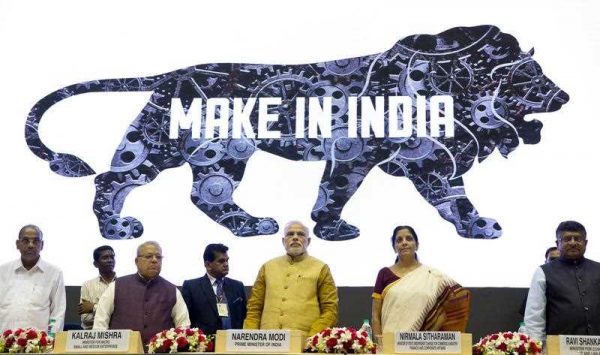The only aberrations in India’s position came in the form of the bilateral deals that it was engaged in with its immediate neighbours in the South Asian region.
The India–ASEAN FTA, which came into effect in January 2010, is significant because it has emerged as the cornerstone of India’s Look East policy. The FTA was conceived as a part of the Framework Agreement on Comprehensive Economic Cooperation between India and ASEAN agreed to in 2003. This agreement set out the roadmap for deepening economic cooperation between the two sides through the establishment of an India–ASEAN Regional Trade and Investment Area (RTIA).
The RTIA was to be realised through progressive elimination of tariffs and non-tariff barriers in substantially all trade in goods and by progressive liberalisation of trade in services with substantial sectoral coverage. At the same time, India and its ASEAN partners agreed to establish a liberal and competitive investment regime that facilitated and promoted investment within the RTIA.
Negotiations were initiated with rather ambitious targets: the deal on trade in goods was scheduled to conclude by June 2005, while the negotiations on services and investment — which were to be initiated immediately after the conclusion of the agreement on goods — were to be concluded by 2007. The negotiations went well beyond these timelines: the goods agreement became operational only in 2010 and although the negotiations on services and investment agreements were concluded at the end of 2012, they are yet to be implemented.
But India’s bilateral and regional economic engagement has undergone a complete transformation. India is one of the most active countries in negotiating and concluding bilateral economic agreements. Thus far, comprehensive economic agreements have been concluded with Singapore, Malaysia, Japan and South Korea. Several more are in the pipeline, including ones with the EU, Australia, New Zealand, Canada and Indonesia.
Perhaps the most significant is the Regional Comprehensive Economic Partnership (RCEP) agreement. RCEP will be a mega-regional agreement that includes the ASEAN members; India; Australia; New Zealand; China; Japan; and South Korea.
But India’s experience with the bilateral deals it has already signed is not promising.
India has not been able to sufficiently leverage these agreements to increase its presence in the markets of its partners. In most cases, the shares of India’s merchandise exports to its partners have either stagnated or declined since the middle of last decade. In overall terms, the share of India’s exports to partners with whom it has concluded agreements declined from nearly 38 per cent in 2004 to 33 per cent in 2012.
The more disconcerting development for India is that the share of manufactured exports in total exports has declined for all partner countries. In the case of ASEAN, the share of manufactured products in the export basket has declined from over 58 per cent in 2005 to less than 44 per cent in 2013, while, for Japan and Singapore, the decline has been from over 50 per cent to around 36 per cent during the same period.
India’s inability to capitalise on its preferential trade agreements demonstrates the extent to which it continues to remain a marginal player in most of these markets. In all countries, with the exception of Singapore, India’s share in the partner country’s imports has either declined or shown little improvement. In three, India’s share is yet to reach 1 per cent of the trade partner’s total imports.
And, while India was unable to secure market share in its partners’ economies, imports from partners remained relatively high. India’s trade deficit with its FTA partners is between two and four times larger than it was a decade ago. If the aim of the bilateral strategy was to boost the Indian export sector, then it has failed.
India’s indifferent performance has evoked strong reactions from government; the more dominant view is that these agreements must be reviewed. It is not yet clear, however, when and how the reviews might be undertaken.
A more useful strategy would be two-pronged. India should first identify weaknesses in the domestic economy that cause inefficiencies in productive sectors, and find ways of quickly addressing them. It should also pursue effective engagement with partner countries to ensure the removal of trade barriers, especially non-tariff barriers in goods and the regulatory barriers in services, which have adversely impacted on the export performance of Indian enterprises.
With many comprehensive economic agreements in the pipeline, now is the time for India to establish the contours of its negotiating strategy. India must put itself in a situation where it is able to effectively articulate its interests (offensive as well as defensive) on all the critical issues that are on the negotiating table.
Dr Biswajit Dhar is Professor at the Centre for Economic Studies and Planning School of Social Sciences, Jawaharlal Nehru University, New Delhi.

